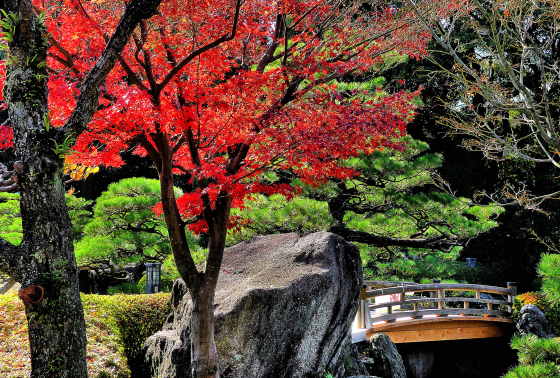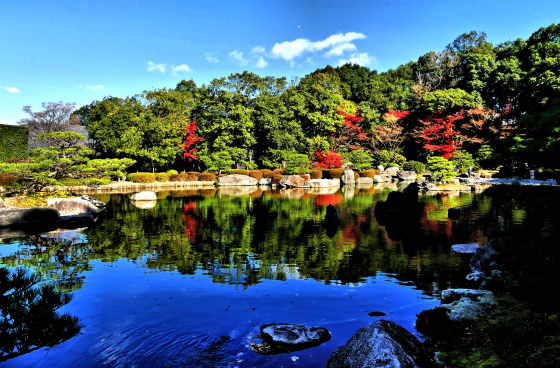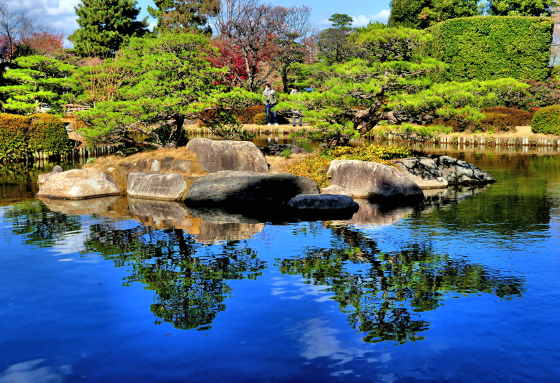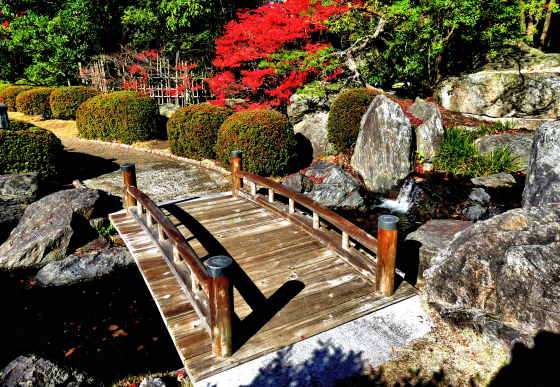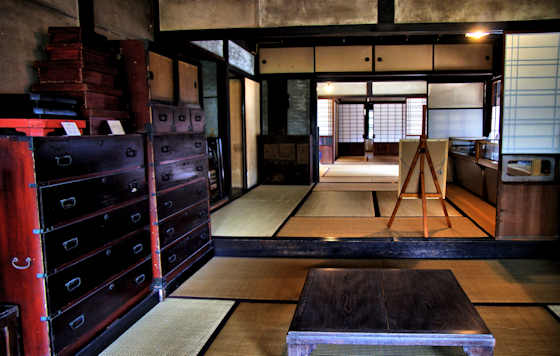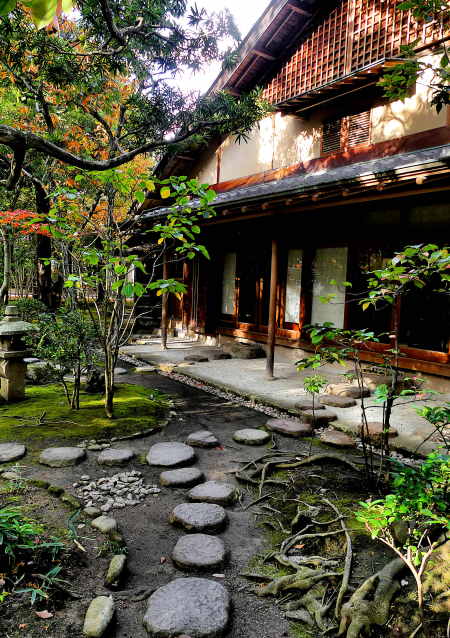Showing posts with label garden. Show all posts
Showing posts with label garden. Show all posts
Thursday, July 28, 2022
Nanrinji Temple #6 on the Kyushu Pilgrimage
Thursday, April 7, 2022
Gardens at Yakumo Honjin
Yakumo Honjin 八雲本陣
Friday, March 11, 2022
Traditional Japanese Garden in Ohori Park
Ohori Park
The garden is mostly enclosed in low, artificial hills that not only block out views of the city but also the city sounds.
There are several waterfalls, and numerous bridges along the paths for visitors.
Friday, February 4, 2022
Kasai Residence & Garden
Kasai Residence & Garden
Labels:
akinada,
garden,
preservation district,
takehara
Saturday, January 15, 2022
Rakusuien Garden Hakata
Rakusuien
As well as the main house, there is also a small, rustic, traditional tea room that I will post about soon.
It is open every day from 9 to 5 except Tuesdays. Entry is a mere 100 yen, with matcha and seasonal sweet available for 500 yen.
Wednesday, November 24, 2021
Nakano Park Kurume
When I visited in mid-winter it was the most enjoyable of the gardens in Kurume,...
Subscribe to:
Posts (Atom)

















